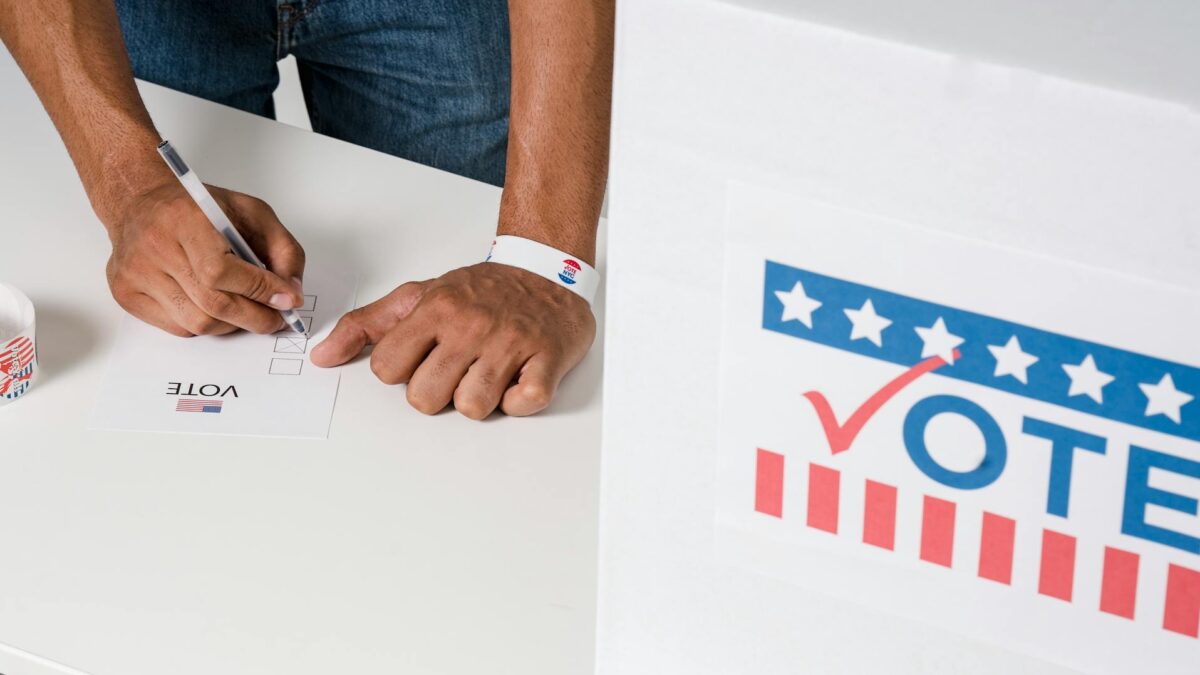
One of the oft-repeated “facts” disseminated by anti-tobacco organizations in an attempt to curb youth vaping is that using one Juul pod is the same as smoking one pack of cigarettes. For example, Collegiate Times tells students, “Engineered to be much more convenient than a cigarette, JUULs are arguably more addictive as one pod is the equivalent of 20 cigarettes (or a typical pack of smokes).”
Where did this myth, which has spread like wildfire, come from? Possibly it originated with the Centers for Disease Control and Prevention (CDC), which wrote on their Web site, “a single JUUL pod contains as much nicotine as a pack of 20 regular cigarettes.” But this is not correct.
A pack of cigarettes contains about six times the amount of nicotine as that of a single Juul pod. However, cigarettes are far less efficient at delivering the nicotine to the lungs than a Juul pod, meaning the amount of nicotine delivered to the lung by a Juul pod is similar to the nicotine delivery of a pack of cigarettes. It’s this equivalency that has led anti-vaping activists to argue that vaping one Juul pod is the same as smoking one pack of cigarettes.
But even this claim has been distorted by activists. One respiratory therapist warned that because a single Juul pod contains as much nicotine as a pack of cigarettes, a youth who vapes is in danger of dying from nicotine poisoning. While it’s true that nicotine poisoning can be fatal, it is the result of ingestion, not inhalation. Inhaling nicotine does not cause fatal nicotine poisoning.
The truth is, one Juul pod is not equivalent to one pack of cigarettes. And building a vaping prevention campaign around this message is dishonest and misleading. Most youth are going to interpret the faulty claim that one JUUL pod is the equivalent of one pack of cigarettes as meaning that using one JUUL pod is just as dangerous as smoking one pack of cigarettes (20 cigarettes). But there are several problems with this.
First, if we want young people to make good choices, we need to replace hysterics with the facts. Youth should understand that smoking burns tobacco, releasing toxins into the lungs. The build-up of these toxins is what leads to smoking-related illnesses like asthma, emphysema, lung cancer, and heart disease. JUULing poses the risk of addiction to nicotine, but it is much safer than smoking and there is currently no evidence that it causes heart disease, lung disease, or cancer.
Second, repeating faulty claims doesn’t make them true. In fact, it sends the terribly wrong message to kids that you are better off smoking 19 cigarettes than vaping one JUUL pod, helping undermine decades of work done by public health workers to inform the public about the dangers of smoking.
As kids end up smoking instead of JUULing due to misinformation like this, we may actually see serious health consequences. What’s more, we know this mistruth is beginning to stick, as recent academic research shows a steep climb in the number of Americans who now think vaping is as bad or worse than smoking.
Finally, kids are not going to believe this mistruth. Young people are smarter than these anti-tobacco groups apparently think they are. Adolescents know from experience that vaping can’t possibly be as dangerous as smoking. They see smokers choking because of the toxic tobacco smoke but kids can Juul without anyone knowing. They see the cloud of smoke when someone uses a combustible tobacco product, but they see just a vanishing puff of exhaled aerosol when someone vapes.
Kids aren’t going to fall for hysterical claims. And in public health, we don’t “educate” the public by lying to them. Instead, the centerpiece of a successful anti-youth vaping campaign should be honesty: give them the facts.
Acknowledge that vaping is much safer than smoking, which gives one credibility. Then teach them how Juul is a distinct product—even different from other e-cigarettes. It’s not because of severe health risks; it’s because unlike most other vaping products, Juul uses a nicotine formulation that allows the nicotine to be absorbed more quickly into the bloodstream, mimicking the blood nicotine pattern one gets with a real cigarette. While this has made JUUL a much more effective smoking cessation strategy than traditional vapes for adult smokers trying to quit, it also results in a higher addiction potential for youth.
Our kids can handle the truth. Only then can we regain their trust and start to alter the social norms associated with youth vaping.









